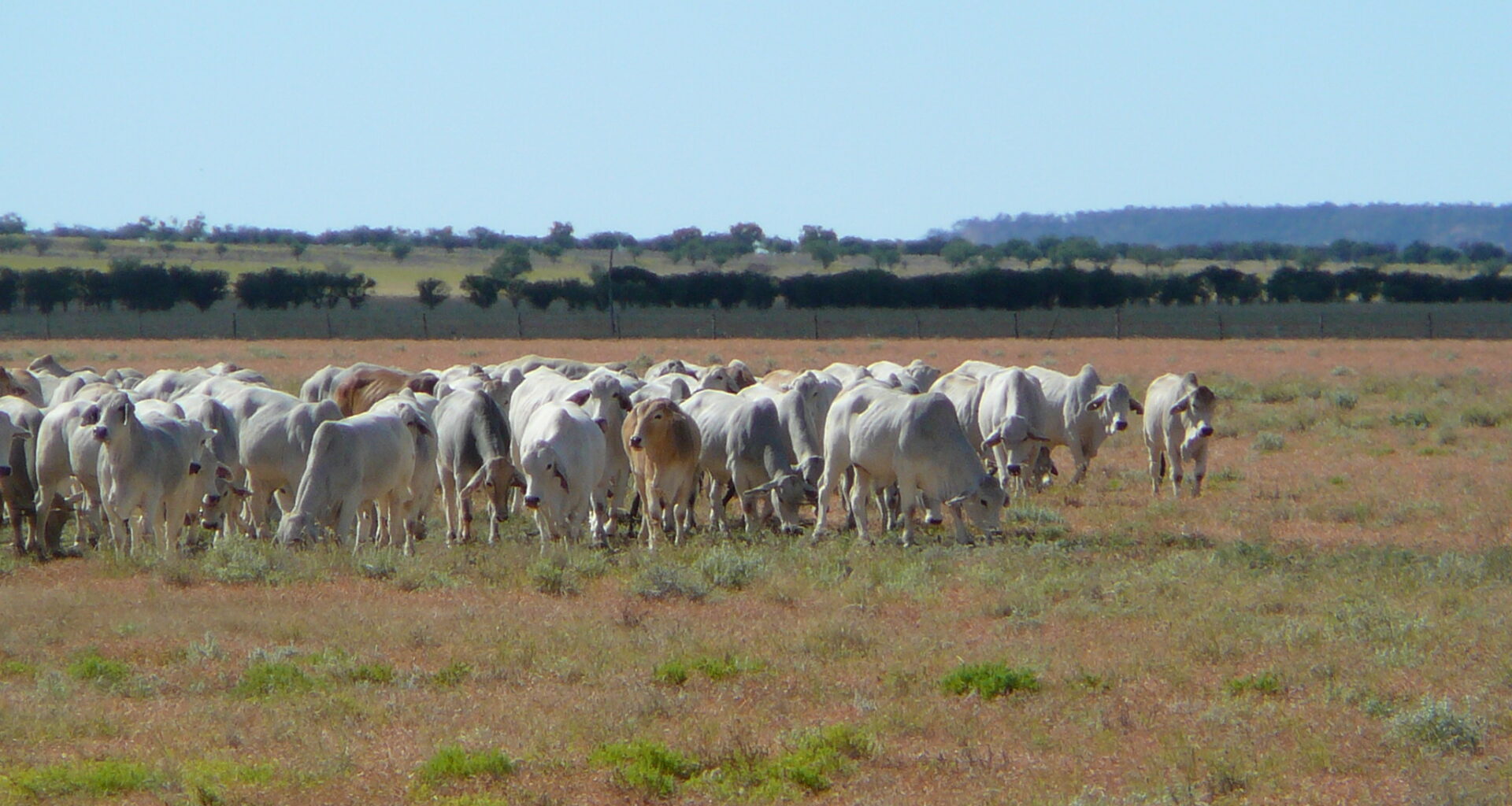Current year-to-date live cattle numbers are 1% above the same time last year. Just shy of 60,000 head left Australia this September, which was 2.5% more than the five-year average and about 7,000 head above the same time last year. This brought year-to-date totals to 562,742 head, only 2% below the five-year average for the same period and 1% above the January–September months in 2024.
Live cattle export numbers lifted by about 13% year on year in 2024, and Meat & Livestock Australia’s latest cattle industry outlook projects they will increase by a further 2% this year, hold firm at that level in 2026, and drop back to 2024 numbers by 2027. The long-term numbers have been revised down significantly since the previous projections in March, when numbers were expected to rise 5% in 2025 and by 25% above 2024 in 2027.
Indonesia has further increased its market share this year, accounting for 70.5% of all cattle exported live from Australia so far in 2025. This equates to nearly 397,000 head, an increase of 9% from the same time last year and close to 30% above the five-year average for the nine-month period. Trade with Indonesia is expected to maintain its current pace through the end of the year, as lot feeders there fill their pens ready for the festival season in the first quarter of 2026.
Looking at other markets, trade with China has fallen even further so far in 2025, tracking 63% lower than the five-year average, with about half the number of cattle exported from Australia to China between January and September compared to the same period last year. The 10-year average for China’s market share in the trade is 11%, and so far this year they’ve made up just 4.5% of the market. Vietnam has also seen a significant decrease in demand this year, with numbers falling more than 30% year on year for the year to date and sitting 36% below the average, as competition from cheaper products ramps up.
Putting this further into perspective, the combined Japan/China/Vietnam collective volume has averaged 40% below the five-year average on a monthly basis so far this year, with year-to-date numbers more than 55,000 head lower than the same time in 2024. Meanwhile, both the Philippines and Jordan have experienced increased demand in 2025, but combined they only hold 5% of the market share.

